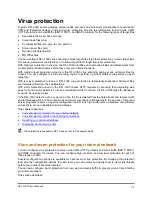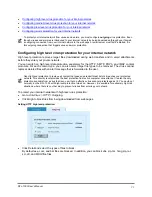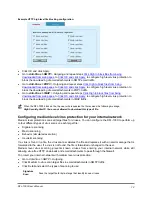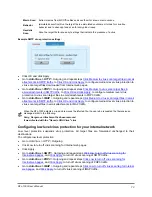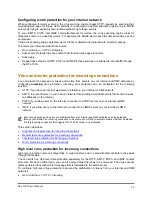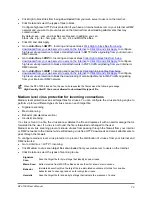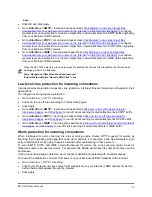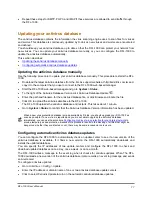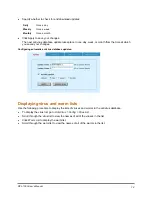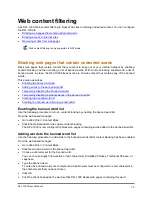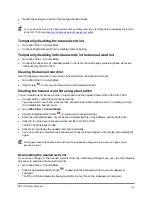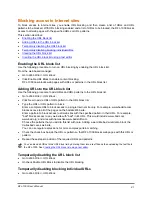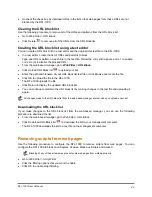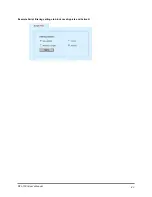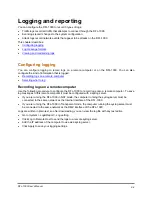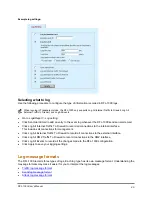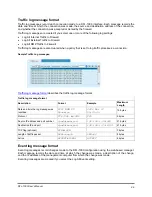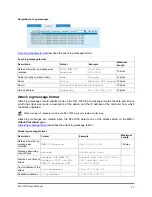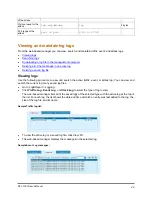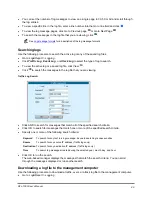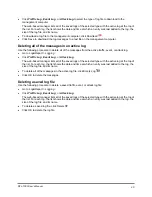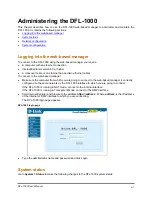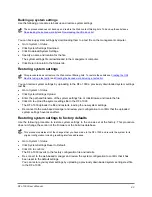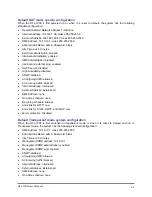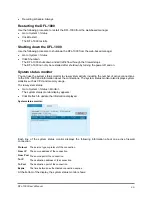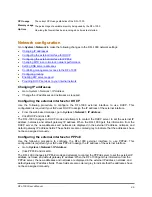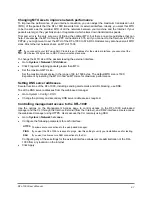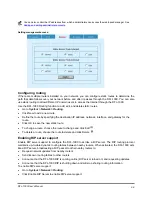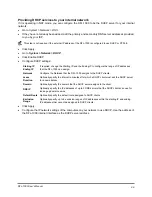
Logging and reporting
You can configure the DFL-1000 to record 3 types of logs:
•
Traffic logs record all traffic that attempts to connect through the DFL-1000
•
Event logs record changes to the system configuration
•
Attack logs record network events that appear to be attacks on the DFL-1000
This chapter describes:
•
•
•
Configuring logging
You can configure logging to record logs on a remote computer or on the DFL-1000. You can also
configure the kind of information that is logged.
Recording logs on a remote computer
•
Selecting what to log
•
Recording logs on a remote computer
Use the following procedure to configure the DFL-1000 to record logs onto a remote computer. To save
log messages to this remote computer it must be configured with a syslog server.
•
If you are running the DFL-1000 in NAT mode, the computer running the syslog server must be
connected to the same network as the Internal interface of the DFL-1000
•
If you are running the DFL-1000 in Transparent mode, the computer running the syslog server must
be connected to the same network as the DMZ interface of the DFL-1000
Logs are written in plain text, so after downloading, you can view the log file with any text editor.
•
Go to
System > Log&Report > Log setting
.
•
Click Log to Remote Host to send the logs to a remote syslog server.
•
Add the IP address of the computer to use as a syslog server.
•
Click Apply to save your logging settings.
DFL-1000 User’s Manual
84

